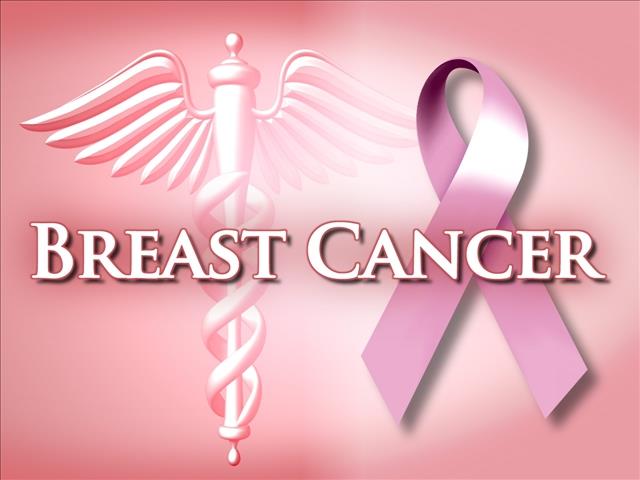May 23, 2013

Exposure in the womb to chemicals like Bisphenol-A (BPA) and Diethylstilbestrol (DES) can increase an offspring''s risk of breast cancer
May 23, 2013

Exposure in the womb to chemicals like Bisphenol-A (BPA) and Diethylstilbestrol (DES) can increase an offspring''s risk of breast cancer
CHENNAI: The link between harboring deleterious mutations in BRCA1 and BRCA2 genes and the risk to breast cancer and ovarian cancer, is not absolute. This means if 100 ladies have the same deleterious mutation, only 50-80 of them would develop breast cancers during their life time and 30-50 would develop ovarian cancers. This indicates that 20-50 of these women may not develop the breast cancer during their life time. This is proof that other factors modulate the risk of developing the breast cancer — these could be genes, the environment and lifestyle related.
At this point in time, we do not know all the risk factors. It is true that we still do not know a lot about cancer. However, as in any science we are learning and the newer technologies are helping to this end. About 10 per cent of breast cancer cases are hereditary in nature. Of the 10 per cent, BRCA1 and BRCA2 would account for 20-30 per cent. Hence there are other genes which could be involved but not at the same level of penetration as these two genes.
These intermediate risk genes are now being included to widen the scope of detection. We also need to know which other genes increase or decrease the risk of BRCA-associated breast cancers. Newer technologies with properly designed studies can help provide these answers.
There are several options with regard to preventative measures for reducing the risk in those carrying the deleterious mutation. First, bilateral mastectomy (removal of both breasts) helps but is not a foolproof method. Normal breast tissue extends over a wide region and potential for some tissue being left behind is possible.
Second, removal of both the fallopian tubes and ovaries (bilateral salphingo-oopherectomy) can be done in women who have completed their family and are menstruating. This removes the risk of cancers arising in the ovaries (and fallopian tubes).
In addition, by removing the ovaries, the major source of oestrogens that can induce the malignant change in the breast is eliminated. Studies have shown that this approach can reduce the risk of development of breast cancer by nearly 50 per cent.
Third, drugs can be used to reduce the breast cancer risk. Tamoxifen has been used in the past but has major side effects including the development of uterine cancer and clotting in blood vessels. Trials have been undertaken to evaluate drugs that can reduce the risk.
Finally, lifestyle modifications can cut the risk. A healthy balanced diet consisting of plenty of fruits and vegetables, reducing dietary fat content, avoiding red meat, avoiding junk food, minimising fried food, regular exercise (minimum 45 minutes of brisk walk every day), practising yoga especially pranayams and cutting body mass index (BMI) to less than 25 would help.
Mrs. Angelina Jolie opted for bilateral mastectomy; it was her decision. Individuals who have seen their loved ones suffer and die due to cancer are more likely to choose this option. It is essential to understand our limitations, and at the same time not belittle the scientific advances which have saved lives. Predictive gene testing refers to testing a woman who has not developed breast cancer but whose first- or second-degree relatives have cancer and have been found to carry a deleterious mutation in BRCA1 or BRCA2 gene.
Predictive testing should never be done if we do not have a strategy to reduce the risk of development of cancer. Fortunately, preventative strategies and early detection approaches are available in the case of hereditary breast and ovarian cancers.
These tests are indeed expensive. But without being patronising, I would like to mention that Cancer Institute, Chennai provides these tests free of cost to eligible patients.
Dr. T. RAJKUMAR
Professor and Head
Department of Molecular
Oncology
Cancer Institute, Chennai
Courtesy: Hindu
















































































































